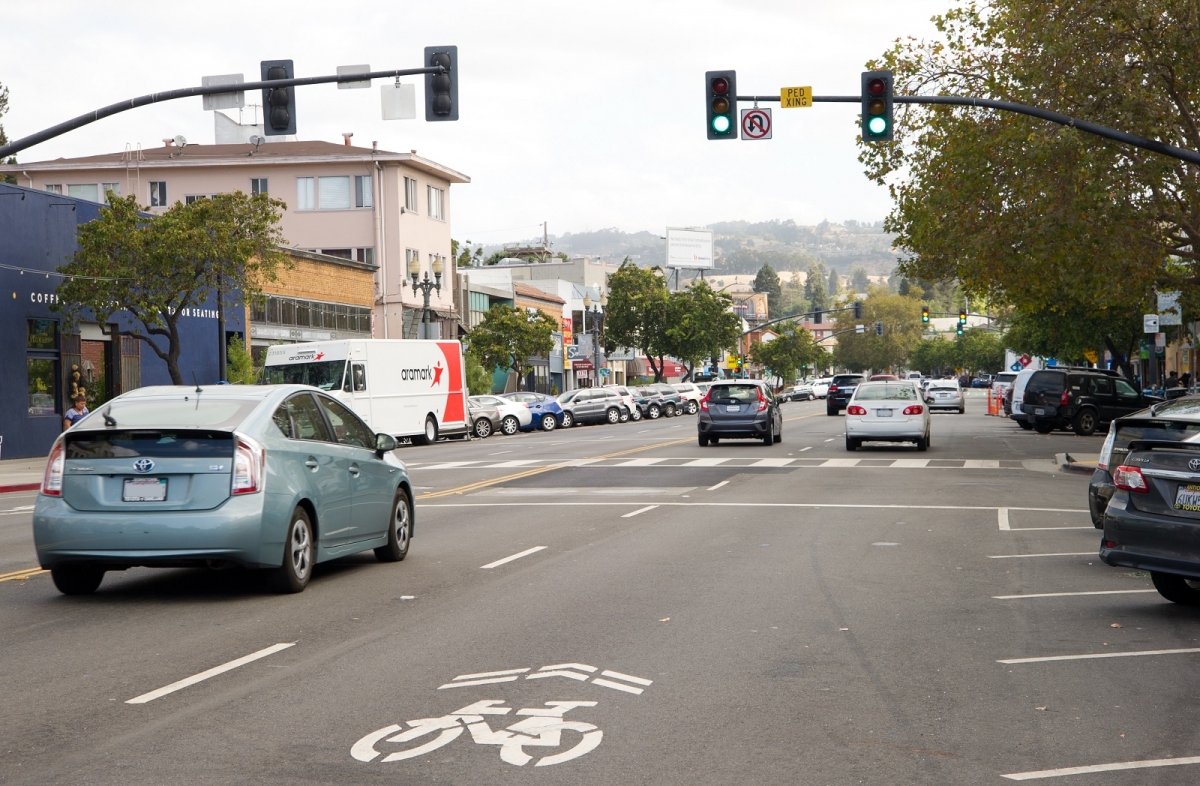This blog post was written by Haden Kirkpatrick.

Haden Kirkpatrick is the director of marketing strategy and innovation at Esurance, where he is responsible for all initiatives related to product and service innovation. He manages the annual planning processes for the marketing and service business units. Haden is an innovator who is constantly thinking about how IoT, blockchain and machine learning will impact the insurance industry. He is also a mobile guru, aspiring yogi and mixed martial artist.
Driverless cars offer great promises for our future, and chief among them is the ability to remove human error. When you figure that more than 90 percent of auto accidents are the result of human error, the safety benefits add up quickly.
Currently, highway infrastructure is designed with human-error “buffers,” such as traffic lights and signs, wide lanes and rumble strips. But once the human variable is out of the picture, these buffers will be obsolete. Slimmer lanes and the removal of traffic structures could make way for pedestrian infill — like plazas, parks, walkways and bike paths. But for all of the promise they offer, there are still some justified concerns that self-driving technology will have to overcome.
For one, they’ll need to be able to read the nuanced behaviors of pedestrians, especially children and cyclists. It’s an ability so innate to us human drivers that we don’t give it a second thought. You know to slow down when children are playing on the sidewalk and to be extra cautious if a cyclist is looking a little wobbly.
The problem is that self-driving tech can’t quite think like us — at least, not yet. Safe driving skills aren’t limited to maintaining the right speed and keeping a safe following distance. Autonomous vehicles will need to know how to interact with cones, road flares, abrupt detours, school zones, construction zones and a host of other external factors.
And if the technology can’t decipher between pedestrians, cyclists, cars and other “obstructions,” it may freeze up. It’s a phenomenon many experts call the “freezing robot problem.” If a robo-car can’t sufficiently read the nuanced behavior of a crowd, then it won’t be able to make a smart navigational decision. Instead, the car will either come to a complete stop or (worse) forge an irrational path through the crowd. Likewise, if it’s a rainy day and pedestrians are walking along in the street or on the sidewalk, the car would have to decide whether to pass the people (as us humans would) or follow slowly to avoid the risk of passing on a slick road.
These factors are why researchers are still teaching these systems, through repetition and constant data accrual, how to read these behaviors — both what they mean and how they should react to them.
Another concern is zero-occupancy vehicles, or cars used to pick up groceries or run errands without any passengers. These “zombie” cars could actually increase traffic and thus hinder progress toward more pedestrian-oriented spaces.
What’s more, a UC Davis study warns that our increased tolerance for long-distance travel would likely energize suburban sprawl and therefore our dependence on cars. The study also stresses the importance of proper oversight, not only to discourage empty vehicles on our roads but to also encourage passengers to rideshare. An example would be highways issuing fines for unoccupied vehicles and vehicle owners earning rewards for renting out their vehicles for ridesharing services.
The degree to which driverless cars will impact society can be difficult to pinpoint. Like any innovation, there’ll be unforeseen effects. But ultimately, it’s our responsibility to determine how to integrate self-driving cars into our communities, as opposed to self-driving vehicles shaping them willy-nilly. That means having smart policies in place and evolving roadway infrastructure in tandem with vehicle technology. Doing so can help ensure the safety of cyclists and pedestrians, shrink our eco-footprint, and unlock the full potential of a driverless society.

